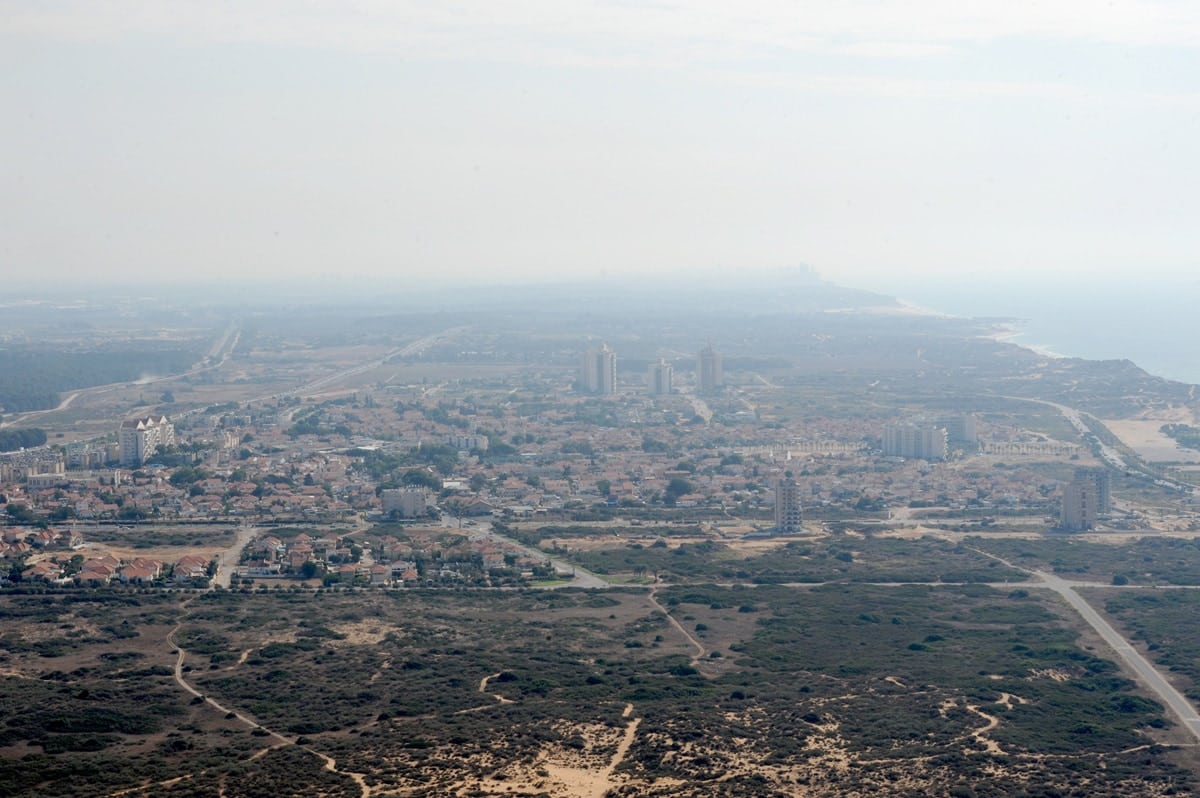
The IDSF’s ultimate goal is to ensure Israel’s security for generations to come. Two central understandings underpin this goal: The first is that the security of the State cannot exist in a vacuum; rather, it depends on an extensive system of political, economic, and social factors. The second understanding is that in order to make informed decisions, it is necessary to build a broad strategy that is based on the past and looks to the future.
These understandings have led the IDSF to formulate a clear national vision based on in-depth research and touching on all the areas that shape Israeli society. In this article, we will be focusing — with the help of Maj. Gen. (Res.) Gershon Hacohen — on the topic of settlement. With Hacohen’s remarks as our guidelines, we will examine the geographical traits of the country’s various regions, expand on the connection between settlement and national security, and detail the settlement vision that the State of Israel must adopt in order to ensure its security for generations to come.
Background: From the Crusaders to Yitzhak Rabin — The Land of Israel as a strategic asset
The Land of Israel connects Asia to Africa and is linked to Europe by the Mediterranean Sea. By virtue of its location, it has served since ancient times as an important passageway between continents and between great powers, and for that reason many nations have tried to take control of it.
The various conquerors, and the Crusaders above all others, understood that the Land of Israel cannot be conquered and defended by occupying its coastal plain alone. So the Crusaders deployed a network of fortresses not only in the coastal cities but also in Sinai and on the ridges east of the Jordan, such as the Ajloun Castle in the land of Gilead.
Unfortunately, that important concept of breadth is not expressed in the distribution of communities today. On the contrary, more than 60% of Israel’s Jewish residents live on the coastal plain, a strip no more than 15 km wide. Furthermore, most of Israel’s strategic assets — including Ben Gurion Airport, the power stations, Ashdod Port, an office for supervision of banking, and the national headquarters of the various armed services — are all in that same tight space.
Besides being narrow and crowded, the coastal plain is dominated by the Judean Hills and by the Samarian slopes that overlook it from the east along its entire length. Those hills provide a direct view of the plain — and a convenient base for attacking it, whether by short-range rocket fire or by a ground incursion. Thus whoever controls the hills of Samaria and Judea is, for practical purposes, in control of the entire coastal plain.
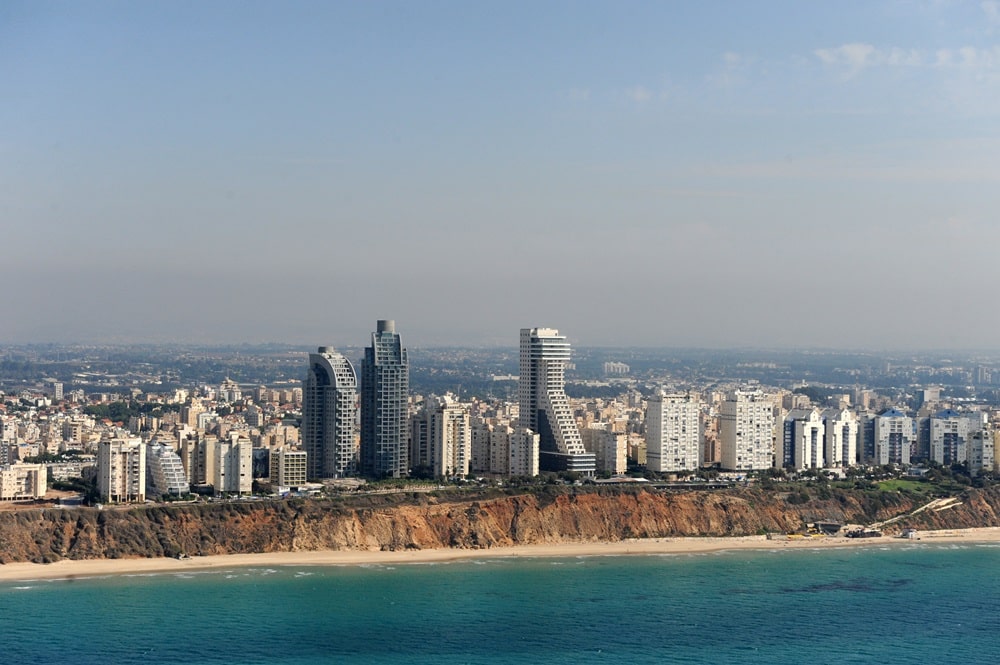
Many leaders from across the political spectrum have well understood the connection between control of that area and preservation of security, and they have recognized the importance of maintaining defensible borders. That understanding underlay the “Allon Plan,” which Yigal Allon first presented to Levi Eshkol’s government immediately after the Six Day War. And the same understanding was also embodied in Yitzhak Rabin’s policy approach. Rabin’s last speech to the Knesset, in October 1995, outlined his national security policy and put forward four principles of settlement that he saw as vital:
- The first principle stipulated that in order to ensure Israel’s existence as the Jewish state, its population must be 80% Jewish. That was one of the reasons that Rabin placed all the Palestinian population of Gaza and of areas A and B under the Palestinian Authority.
- Rabin’s second principle was that Jerusalem, with Maale Adumim and Givat Ze’ev, must be kept united under Israeli sovereignty.
- The third principle stipulates that the Jordan Valley, in the most comprehensive sense, will be the Israeli side of the security border. That is to say, Israel must maintain possession of the Jewish settlements in every part of the Jordan Valley — from Route 90 westward to the line of ridges.
- According to the fourth principle, a Palestinian entity should be created which is “less than a state.” One practical implication of that principle is that Israel must retain control over the airspace of Judea and Samaria.
It should be emphasized that those principles were set out not by some right-wing faction but by leaders of the Labor movement; and they were expressing a broad national consensus. That fact alone reflects the importance of Jewish settlements in the Land of Israel and it makes clear that before settlements became a political issue, they were already a necessity for survival.

Maj. Gen. (Res.) Gershon Hacohen: The settlement vision of the State of Israel
Jerusalem: A metropolis, not a border town
The current situation:
The historical, religious, and cultural importance of Jerusalem is clear, but the city also carries critical strategic importance. Jerusalem sits among hills, dominates central traffic arteries, and is also the only place with a Jewish majority on the watershed.
Possession of the Jerusalem area is essential both for ensuring that Jerusalem remains Israel’s capital and a central Israeli metropolis, and for operational and strategic reasons. Because it is close to a large portion of the sources of terrorism, Jerusalem makes a convenient base for dispatching security forces and a hub for intelligence activities.
Moreover, possession of the Jerusalem area is vital for keeping control over the central traffic arteries and over additional areas. It is Jerusalem that makes possible the retention of the Jordan Valley as a buffer zone between the coastal plain and the threats from the east. And the possession of hillside communities such as Na’aleh and Beit Arieh is what provides for control of the central traffic arteries and the strategic assets of the country’s interior, including Ben Gurion Airport. Thanks to possession of the ridge and of the Yatir region’s communities, the valley lands of Beersheba and Arad can be defended, as can the Nevatim airbase.
Furthermore, any territorial concessions in Jerusalem would be considered an Israeli surrender and would only encourage Arab and Muslim extremists to continue gnawing away at the Jewish presence in Jerusalem and in the rest of Israel.
Ideally:
- Strengthening Jerusalem’s standing as a metropolis: Before the Six Day War, Jerusalem was a remove border town, a marginal satellite of Tel Aviv. But since then, it has become an important metropolis. Jerusalem in the form of a metropolis is key to controlling the Land of Israel, and Jerusalem must retain that form. In order to remain a metropolis, Jerusalem requires all its surrounding communities — the Etzion Bloc to the south, Maale Adumim and Mishor Adumim to the east, and the Benjamin district to the north.
- Ruling out the partitioning of Jerusalem: Partitioning Jerusalem would not only endanger its standing as Israel’s capital but also critically harm Israel’s national security. There is no guarantee that partitioning the city would actually end the Israeli–Palestinian conflict. Apparently terrorism would still continue, and partitioning would merely provide it with far more dangerous opportunities for action. And all that aside, nowhere else in the world has such a large city been divided. Even on paper, the idea is simply not feasible.
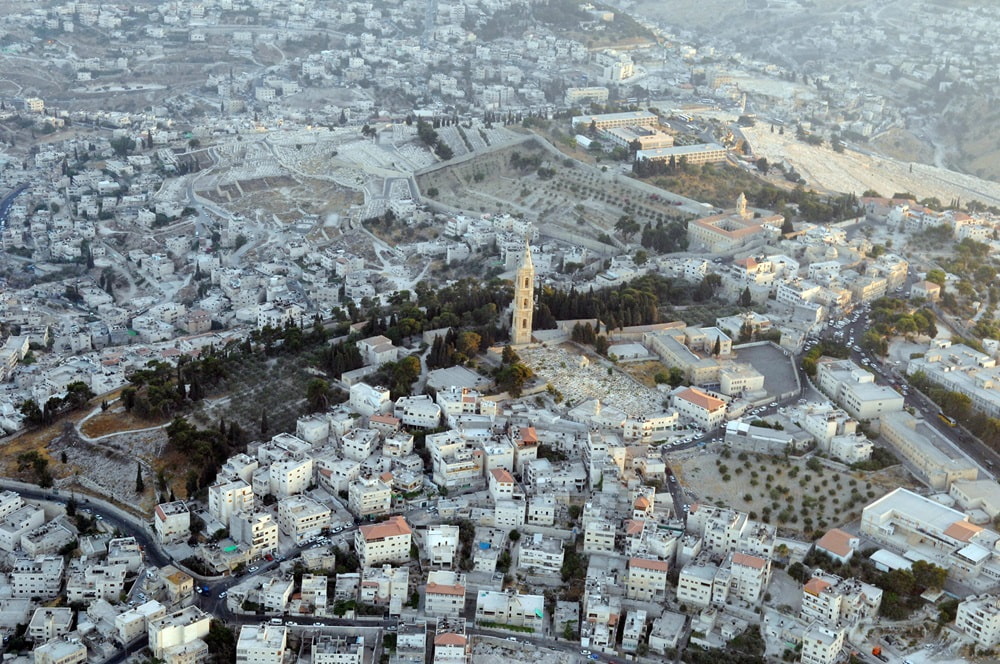
Judea and Samaria: To become Israel’s backbone to the east
The current situation:
In the Oslo Accords, Rabin divided the Judea and Samaria area into areas A. B. and C. Only Area C is fully under the civil and security authority of the State of Israel. Area C currently includes some 120 Jewish communities, with more than 500 thousand residents in all. There are also some 500 Arab communities with roughly 200 to 300 thousand residents.
Although Israeli control over Area C is anchored in the Oslo Accords, many voices around the world are raised against Jewish settlement in that territory. Much is said about the “illegal settlements,” and about the wildcat outposts in Area C, but illegal construction by Palestinians in that territory is in fact immeasurably greater than Jewish construction. As of December 2023, Area C contains roughly 90,000 illegal Palestinian structures; and there is no attempt at removing them.
Another accusation leveled against the Jewish settlements in Judea and Samaria is that the Jews there burden the Israeli security forces. That accusation is fundamentally erroneous. Above and beyond not being a burden, Jewish settlement in Judea and Samaria is what provides the IDF with freedom of operation in those territories. The size of the IDF’s deployment in Judea and Samaria is not sufficient in itself to preserve stability in such a complex area. Stability persists only thanks to the weight of half a million Jews who live there.
Jewish settlements in Judea and Samaria also provide the security forces with convenient access to areas A and B — a benefit that has served the IDF well in various operations such as the 2002 Operation Defensive Shield.
Furthermore, Jewish settlement in Judea and Samaria also demonstrates to the Palestinians that our presence there is stable and dominant and that they are obliged to cooperate with us. An Israeli withdrawal of any size would indicate weakness and encourage our enemies’ thoughts of seizing the area and even expanding beyond it.
The settlements in Judea and Samaria also deserve to be credited with contributing to objectives mentioned in the previous section (which dealt with the Jerusalem area), including turning Jerusalem into a metropolis, retaining control over the Jordan Valley, defending the coastal plain and Ben Gurion Airport, defending the valleys of Beersheba and Arad, and keeping constant control over the main traffic arteries. Every settlement and outpost in the Judea and Samaria area is serving at least one of those objectives, and therefore they all are justified on grounds of security.
Ideally:
- World opinion cannot dictate our policy: As even David Ben Gurion understood in his day, Israeli policy cannot address all the objections raised around the world. Cooperating in response to the various rulings handed down by the international court in the Hague would mean a death sentence for all the Jews in Israel, because if we try to survive only inside the Green Line we will not survive at all.
- Driving home the perspective on settlements: As demonstrated, all the territory of Area C is vital to security and must remain in Israel’s hands forever. That understanding must be made clear to all the decision-makers, and preferably to all the country’s residents.
- Development of the settlements in Judea and Samaria: Not only is settlement in Judea and Samaria less than extensive; it is in fact too limited. A backbone of 3–4 million residents is necessary between Arad and the Gilboa, in order to relieve Israel of the crowding in the Dan Bloc. To make that possible, the existing settlements must be enlarged, new ones established, and the system of roadways and trains expanded to connect all those communities to the country’s center.
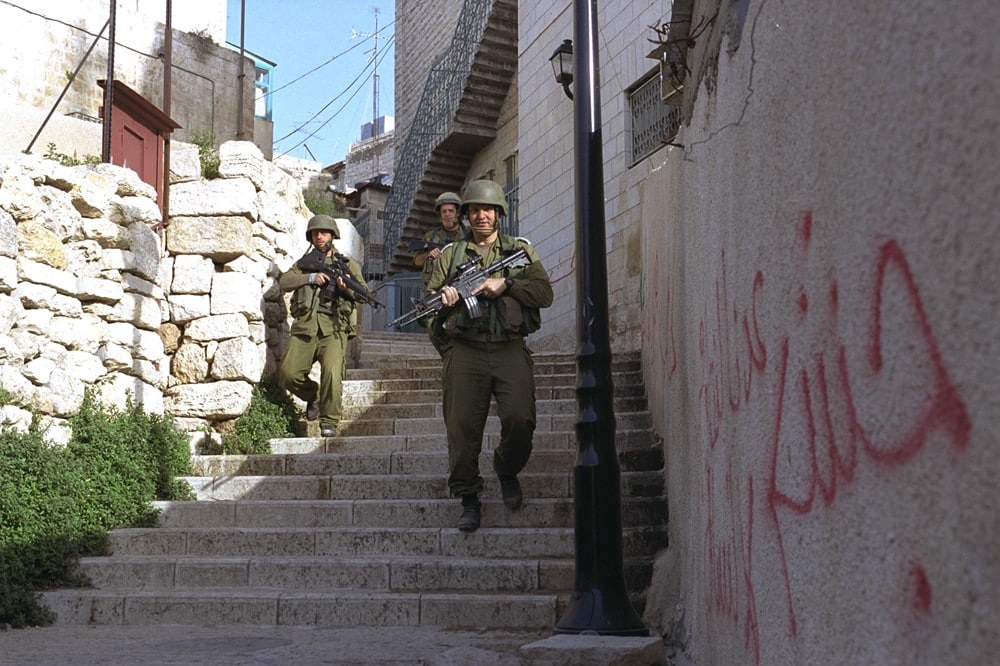
The Jordan Valley: Apply Israeli sovereignty
The current situation:
The Jordan Valley is Israel’s security border to the east. As of today, the Jordan Valley is under Israeli control but is not officially considered part of the State of Israel. In January 2020, the USA published its “Deal of the Century” peace plan, which gave Israel a historic opportunity to assert its sovereignty over the Jordan Valley and to fully annex the valley and the northern Dead Sea. Unfortunately, Israeli politicians torpedoed the plan and the Jordan Valley remains in a precarious status, exposed to both domestic and international criticism.
To understand the Jordan Valley’s strategic importance, it is first necessary to understand the geography. The Jordan Valley is located 250–400 meters below sea level, while the hills of Samaria and of Hebron rise to an altitude of up to 1,000 meters above sea level. Thus as long as the Jordan Valley remains in Israeli hands, an invasion of Israel from the east is very difficult because there is no easy way to move massive military forces across such steep territory.
Granted, we are at peace with Jordan today and no invasion from there is expected soon. But we must not forget that our eastern border is the most important one for Israel’s defense, both because it is our longest border and because it is the closest to the triangle — defined by Tel Aviv, Jerusalem, and Haifa — where most of the country’s Jewish residents and its most important infrastructures are located. Moreover, even if relations with Jordan remain stable, it must be understood that without Israeli possession of the Jordan Valley, Iranian militias can quickly move into Qalqilya and Tulkarm to fire artillery at the Dan Bloc. It is not lightly that Rabin called the Jordan Valley, in its most comprehensive sense, the security border of the State of Israel.
Above and beyond its strategic importance, the Jordan Valley also possesses no little residential value. It is a very extensive territory that can, and should, accommodate millions of dwellers. By settling the Jordan Valley, we can balance the geographical distribution of Israel’s citizenry and ease the currently worsening population density of the coastal plain.
Ideally:
- Applying sovereignty to the Jordan Valley: Not only must possession of the Jordan Valley not be waived, but action must be taken to fully annex the area and apply Israeli sovereignty to the valley. Only such action will enable wide-ranging governmental plans to be established, and the valley’s standing as Israel’s security border at the east to be ensured for the long term.
- Expanding the settlements in the Jordan Valley: In order to solve the problem of crowding in central Israel and provide for better geographical distribution of the populace, the Jewish settlements in the Jordan Valley should be expanded. In addition, new immigrants should be encouraged to settle in the valley rather than in the already crowded coastal cities.
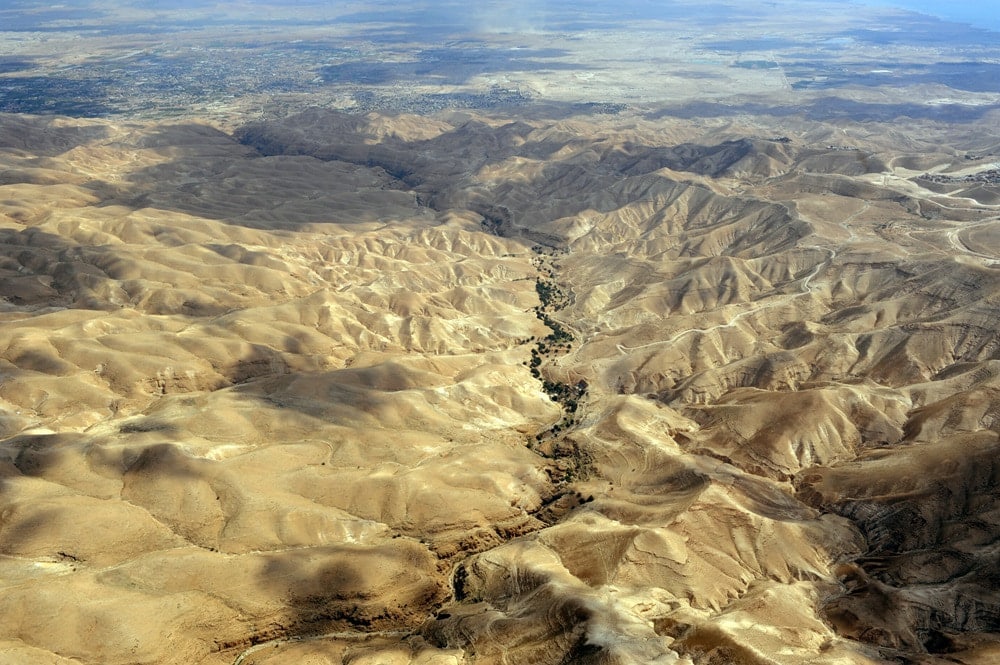
The Galilee: Expand the Jewish communities
The current situation:
In 2005 the Israeli government approved National Master Plan 35, known as Tama 35. In accordance with that plan, it was decided to limit construction and settlement in open areas because of the importance of preserving green spaces. In practice, the plan limited only Jewish settlement and was not applied to Arab communities. In many parts of the country, including the Galilee, it has been impossible to establish new Jewish settlements since the plan’s approval. And it has been very difficult to expand existing communities, because of quotas limiting the number of residents.
Tama 35 created an absurd situation in which Arab communities such as Sakhnin can expand with approval and even double their population whereas a Jewish community such as Yodfat is not allowed to expand beyond the 400 households that it already includes. Furthermore, the land sold to Jews and the land sold to Arabs differ dramatically in valuation. In Karmiel, for example, plots of 350 sq m were marketed in 2021 for 1.2 million shekels. But five minutes’ drive from there, at Deir al-Assad, similar plots were marketed the same year for only 20,000 shekels; and moreover the land development there was subsidized.
Because of those conditions, the Galilean heartland (leaving aside the cities of Nahariya, Safed, Tiberias, and Afula) is only 15% Jewish.
Ideally:
- Change the National Master Plan: The National Master Plan must be promptly changed and a new plan approved that is based on the understanding that an extensive network of Jewish villages must be developed. Thus the Jewish communities must be freed from the limitations imposed only on them and become the basis for an approved expansion.
- Encourage young people to settle in the Galilee: Jewish residents, and especially young families, should be encouraged to settle in the Galilee. To that purpose, they must be offered land at worthwhile prices and with economic benefits; and the vicinity must be developed with convenient roadways, public transportation, workplaces, etc.
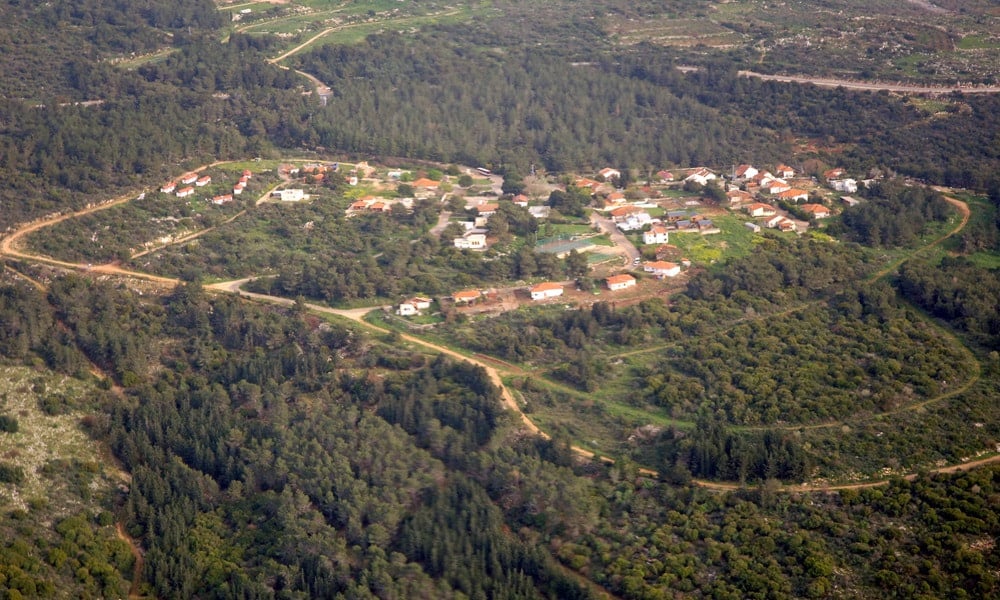
The Golan — Hoping for a hundred thousand Jewish residents
The current situation:
The State of Israel wrested the Golan from the Syrians in 1967, and the area has been controversial since then. Many countries around the world see it as “occupied territory,” but most Israelis see it as an integral part of their country. In December 1981 the State of Israel decided to apply Israeli law in the Golan Heights, and that decision remains in force today.
In 1994, in the spirit of the Oslo Accords, the Rabin government took steps toward returning the Golan to Syrian hands as part of an attempt to reach a peace agreement with Syria. The Barak and Olmert governments weighed a similar idea but did not proceed to carry it out.
Meanwhile, over time, the Golan’s standing as Israeli won a degree of acknowledgement in the world; and in 2019 US President Donald Trump signed an executive order declaring that the USA officially recognizes Israeli sovereignty over the Golan Heights. However, most of the world’s nations still do not officially consider the Golan a part of the State of Israel, and Israel’s hold on the area is still under threat.
Ideally:
- Quash the idea of retreating from the Golan: International pressures must be withstood, because giving up the Golan Heights would bring terrible consequences. First of all, without the Golan Heights we have no chance of living securely. We would be vulnerable to threats from Syria and Lebanon. Also, giving up the Golan Heights would cost the State of Israel heavily in terms of culture and tourism because the Golan is a beautiful area and one of the country’s few green lungs.
- Enlarge the Jewish population in the Golan: Currently the Golan is home to 23 thousand Jews. In order to anchor our presence in that area, as well as relieving Israel’s overcrowdedness elsewhere, the hope is to settle 100 thousand Jews in the Golan over the next five years. With suitable conditions and proper incentives, such an undertaking is certainly feasible.
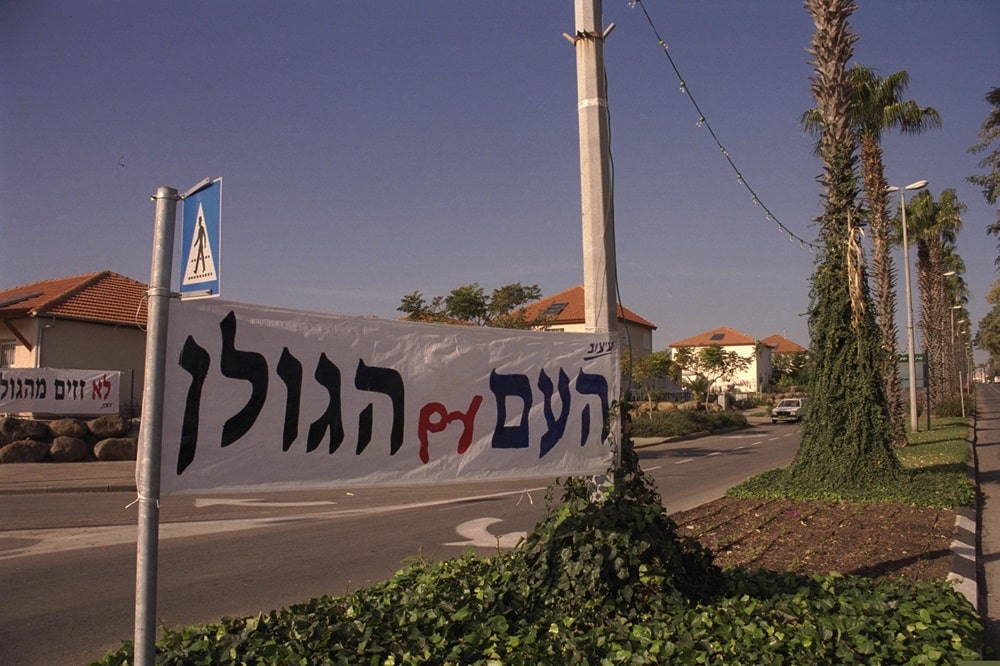
The Negev: Extensive rural Jewish settlement
The current situation:
The Negev covers approximately 60% of the State of Israel but it remains one of the country’s least populated regions. David Ben Gurion is remembered as recognizing the importance of developing and settling the Negev. He even called it “a great Zionist asset, with no substitute anywhere in the country.”
Unfortunately, Ben Gurion’s vision has not yet been carried out fully and the Negev still suffers from slow development and scanty Jewish settlement. The volume of settlement no longer depends only on how well motivated the settlers are to move south. It is now also subject to governmental limitations — first and foremost Tama 35, which makes establishing new Jewish communities and expanding existing ones difficult.
The few Jews who already live in the Negev are concentrated in Beersheba and in urban settlements such as Ofakim and Sderot, where they live in apartment buildings. Thus we have no truly extensive presence in the area and consequently no control over the main traffic arteries. The Bedouin population, in contrast, is distributed over broad tracts of land and thus enjoys control over the grounds and over the traffic arteries.
The Negev, it must be understood, is important to the State of Israel not only because of its size. It is home to a number of critical military and strategic assets, including the Nevatim airbase. Because control over the area was lacking, Bedouin rioters during Operation Guardian of the Walls, in 2019, managed to block access to the airbase and thus interfered with the IDF’s freedom of action. That was a severe security incident, and lessons must be learned.
Ideally:
- Extensive rural Jewish settlement: Development of Jewish settlements in the Negev must be encouraged, with an emphasis on rural settlements with single-family houses, in order to cover broad tracts. That is the only way to create balance in the area and ensure security along the traffic arteries. To that purpose, settlement planning in the Negev must be revolutionized to reduce land prices, create proper conditions for settling, and provide incentives for those who will come settle the Negev.
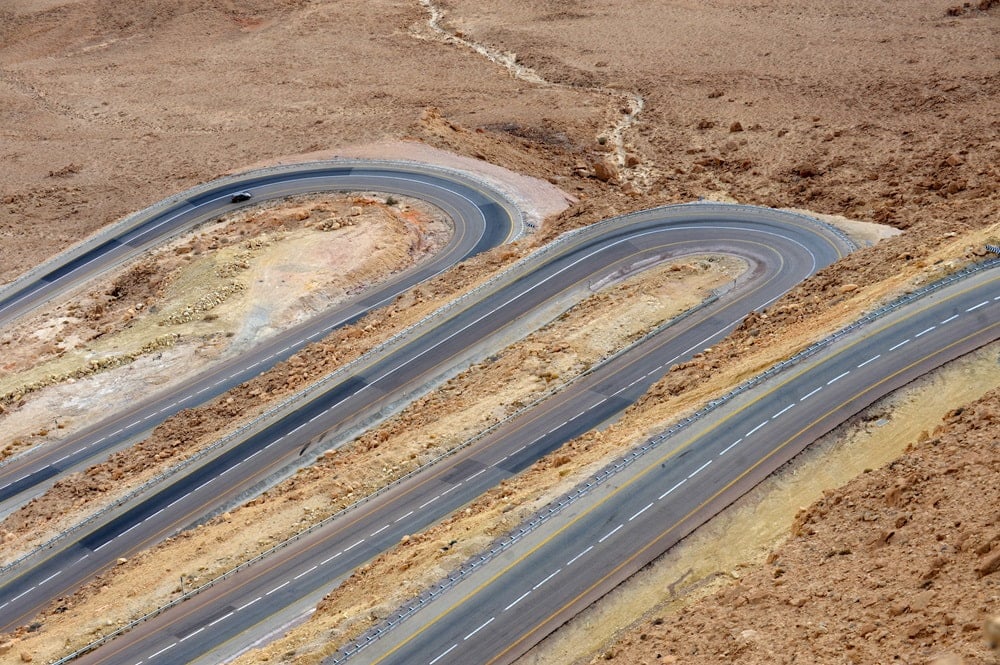
The Gaza Strip: Strengthen the Gaza Envelope communities
The current situation:
The Gaza Strip has known many vicissitudes in recent decades. In the 1970s, Israel’s government established Jewish communities inside the Gaza Strip under the “Five Fingers Plan” put forward by Ariel Sharon. However, in 1982, Israel withdrew from the Yamit district and later the Oslo Accords obliged Israel to abandon further implementation of the Five Fingers Plan and waive control over the Philadelphi Corridor as well. In 2005, it will be recalled, the Jewish communities of the Katif Bloc were all evacuated under the Disengagement plan — and thus Jewish settlement in the Gaza Strip came to an end.
Aside from the settlements inside the Gaza Strip itself, the Gaza Envelope communities and those surrounding the Gaza Strip in the northern Negev must be borne in mind. Following the Disengagement, those communities became the barrier separating the Gaza Strip from central Israel; and as such, they suffered many attacks — which climaxed on October 7, 2023.
As of this writing, there is no end yet to the Swords of Iron war that was engendered by that disaster; and most of the Gaza Envelope communities have not yet been repaired and fully repopulated. Despite the security threats, the State of Israel must repopulate the area bordering the Gaza Strip. Some of the veteran residents may not wish to return, but there are enough ideologically motivated citizens who understand the area’s importance and will agree to replace them there.
Ideally:
- Strengthen the Gaza Envelope communities: The Gaza Envelope communities must be repopulated, whether by returning residents or by newcomers. The area is vital to Israel’s security and must not be abandoned. Even leaving aside Zionist pioneering ideology, it is a beautiful area suitable for a balanced lifestyle close to the land. The Gaza Envelope communities are actually not far from the center of Israel. Most are an hour’s drive from Tel Aviv and are well connected to public transportation, so that life there is definitely convenient.
- Jewish settlement in Gaza: Although valid in principle, this idea must be weighed against other national priorities and it may be that efforts should concentrate not on settling inside the Gaza Strip but on settling other areas in the Land of Israel.
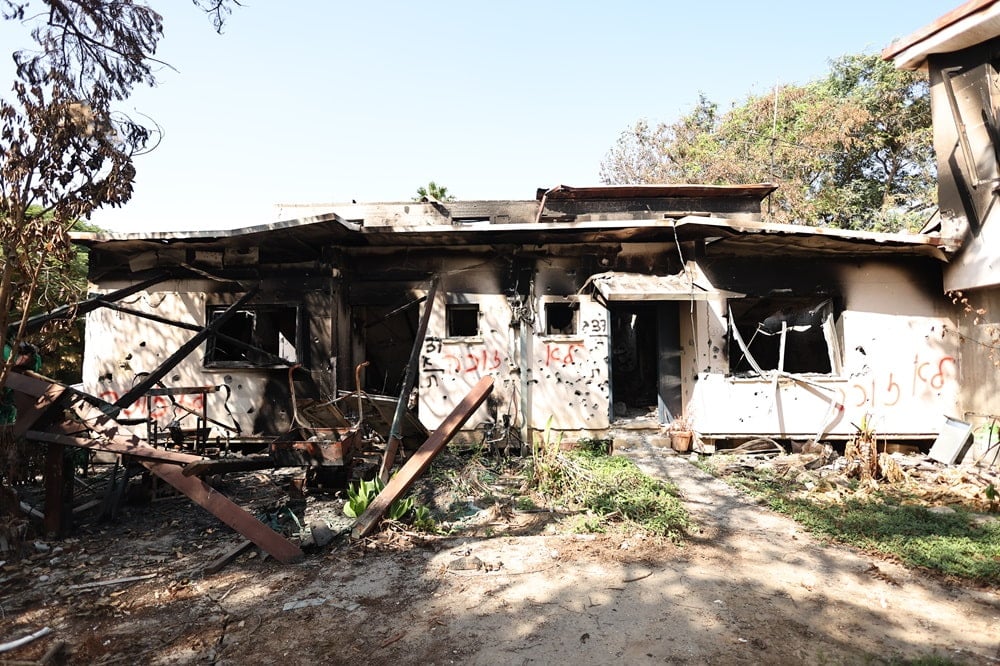
There is no security without settlements: Summation and conclusions
The country’s first leaders, foremost among them Ben Gurion, appreciated the close connection between possessing and settling the land on the one hand and national strategy and security on the other hand. Subsequent leaders across the political spectrum, including leaders of the left such as Rabin, also understood that territory may be conceded only up to a certain point.
In practice, under cover of “green” programs, a National Master Plan has been adopted that prevents the plan of settlement from being fulfilled. Tama 35 limits the development of the State of Israel and weakens its security. The Master Plan must be revised. Among other things, Judea and Samaria must be regarded as strategic, economic, and security assets for Israel, and their development should be given consideration accordingly. In addition, the Jerusalem metropolis should continue being built extensively; the Jordan Valley, Galilee, and Golan should be settled; and the intolerable concentration of most of Israel’s assets and residents in a certain narrow district.
The drawing of Israel’s boundaries is a decision of concern to future generations, and so it must reflect more than the current situation. Our responsibility is to draw secure boundaries for the State of Israel — borders that can withstand the political upheavals of the Middle East and the changes in technology. Any policy that fails to consider possible threats to Israel’s future security is a policy of irresponsibility toward the nation.
And finally, it must be remembered that programs at the national level are carried out by the citizenry. At the cutting edge of any settlement plan stand the settlers who build the houses, plant the trees, bond with the land and the location, and are ready to fight for them as necessary.




